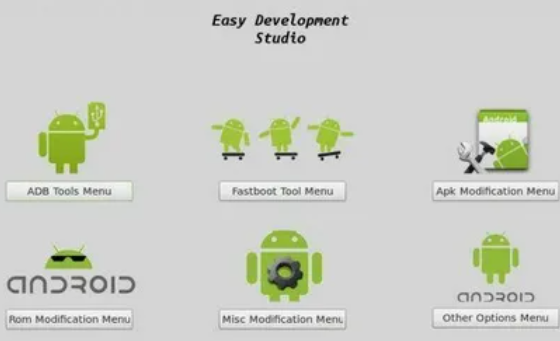In the vast ecosystem of Android, the flexibility and adaptability of the platform have inspired countless developers to push the boundaries of mobile technology. At the heart of this innovation lies the world of custom ROMs—unofficial versions of the Android operating system that offer users and developers a canvas for creativity and experimentation. This article explores how Android custom ROMs serve as a powerful toolkit for developers, enabling them to craft unique experiences and contribute to the ever-evolving Android landscape.
Understanding Custom ROMs
A custom ROM is a modified version of the Android operating system, created by independent developers or teams. These ROMs are built from the Android Open Source Project (AOSP), allowing developers to tweak, enhance, and personalize the user interface and functionality. Unlike stock ROMs provided by manufacturers, custom ROMs offer a wide array of features, optimizations, and customization options that cater to diverse user needs.
The Appeal of Custom ROMs
- Enhanced Performance: Many custom ROMs are designed to optimize device performance, providing faster processing speeds and improved battery life. Developers often strip away unnecessary bloatware and unnecessary features that can slow down devices, leading to a more streamlined experience.
- User Interface Customization: Custom ROMs allow developers to redesign the user interface, introducing unique themes, layouts, and navigation styles. This level of customization not only appeals to users looking for a fresh look but also gives developers an opportunity to experiment with innovative UI/UX designs.
- Access to Latest Features: While many manufacturers delay software updates, custom ROMs can provide access to the latest Android features and security patches. Developers can quickly implement new functionalities, ensuring that users are not left behind in the fast-paced world of technology.
- Community and Collaboration: The custom ROM scene is vibrant and collaborative. Developers can share their creations with a global community, receive feedback, and collaborate on improvements. This interaction fosters a spirit of innovation, with developers learning from one another and pushing the envelope of what’s possible on Android.
A Developer’s Toolkit
For developers, custom ROMs are more than just a means to alter a device’s appearance or functionality; they are a toolkit for creativity. Here are some key aspects that highlight this creative potential:
1. Modular Development:
Custom ROMs often embrace modularity, allowing developers to create standalone features or modules that can be easily integrated into existing ROMs. This approach encourages experimentation, as developers can test individual components without overhauling an entire system.
2. Open Source Collaboration:
The open-source nature of Android means that developers can access the source code, modify it, and redistribute their creations. This not only promotes transparency but also enables a collaborative development environment where knowledge and resources are shared freely.
3. Learning and Skill Development:
Creating or modifying a custom ROM is a comprehensive learning experience. Developers can deepen their understanding of Android’s architecture, system-level programming, and mobile development practices. This knowledge is invaluable and can lead to enhanced career opportunities in the tech industry.
4. Targeted Solutions:
Developers can create ROMs that address specific user needs or niches, such as performance-oriented ROMs for gaming, lightweight ROMs for older devices, or privacy-focused versions. This level of targeting allows for a more tailored user experience and showcases the developer’s creativity in solving real-world problems.
Challenges and Considerations
While the world of custom ROMs is filled with potential, it is not without its challenges. Developers often face issues such as device compatibility, stability, and security concerns. Additionally, navigating the legal landscape surrounding proprietary components and intellectual property can be complex.
To mitigate these challenges, developers must engage with the community, stay updated on best practices, and conduct thorough testing. Building a reputation within the community for quality and reliability can help developers gain trust and foster a loyal user base.
Conclusion
Android custom ROMs are more than just a playground for tech enthusiasts; they represent a vibrant ecosystem where creativity meets functionality. For developers, these custom ROMs offer an unparalleled toolkit to innovate, learn, and connect with a global community. As the Android landscape continues to evolve, the role of custom ROMs as a catalyst for creativity will only grow, shaping the future of mobile technology in exciting new ways. Whether you’re a seasoned developer or just starting, exploring the world of custom ROMs can be a rewarding journey of discovery and innovation.

